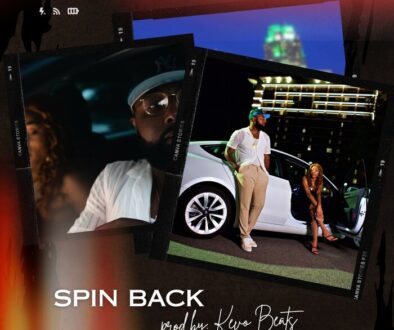The shift. From selling music to charging for access
The music business essentially spent the last decade trying to make a business out of letting consumers listen to any song they wanted.
This shift — from selling music to charging for access to it — has been so profound that executives are only now figuring out what all of the new streaming service subscribers actually want to hear.
Much of the same music is popular, of course, but every format shift boosts some genres more than others. On services like Spotify and Apple Music, catalog music — tracks released more than 18 months ago — accounts for a staggering 70.4 percent of music consumption. And there are at least some signs that streaming could eventually change listening habits in even more dramatic ways.
Remember all of those “fake bands” on Spotify? A substantial number of them seem to be artists using pseudonyms to create music targeted to Spotify playlists organized around mood rather than genre – think music to go to sleep to, Deep Focus rather than deep house. Some of those playlists are more popular than most of us assume. Deep Focus has 2.1 million followers, while Sleep has 1.6 million; not too shabby even compared to popular playlists like Baila Reggaeton (5.1 million) and Rap Caviar (7.3 million). The artists aren’t exactly household names, either: The Waterbed Corporation, which has just one single song with more than 10 million streams, as well as the best name ever, doesn’t even make its music available on Apple Music or Amazon.
Most listeners want music that doesn’t put them to sleep, of course. But popularity of these playlists seems to reflect a growing interest on the part of listeners in seeking out songs based on their activities, rather than their favorite albums or artists. The streaming business is now so big that even one percent of it could create a very healthy business. Perhaps more important, this idea — of music consumption driven by mood, rather than taste — could eventually represent as much of a challenge to industry thinking as streaming did in the first place.
The music business as we know it is based on identifying, investing in, and marketing talent — acts that have a vision listeners can engage with, that they might want to see perform live. But this assumes that they’re actually engaging, not just putting something on in the background while they study or sleep.
Amazon — a company known for its laser-like attention to consumer behavior — just announced that its voice-activated “Alexa” software can now play music suited for certain activities. Instead of asking for specific playlists, subscribers to Prime Music and Amazon Music Unlimited will now be able to request “pop music for cooking,” “classical music for sleeping,” or “baby-making jazz music.” Although Amazon declined to say how much listening is driven by such requests, the top five activities are “Music for Meditation,” “Music for Spa,” “Music for Party,” “Music for Dinner,” and “Music for Focus.”
To me, and to most of the people in the music business, this seems almost comically lame — simply because we’re so engaged in music in the first place. Can’t we focus while listening to Can or relax while listening to Brian Eno’s ambient albums? Sure: But most people don’t define themselves quite so much by their taste. Music for parties and dinners is probably pop, at least in the broadest sense. But a lot of people also apparently like Sound Healing Center, the artist that comes up first under an Amazon Prime Music search for “Music for Meditation,” and just features the sound of running water. To some streaming subscribers, music is just a means to an end.
It’s hard to know whether the demand for this kind of music is actually new, or just more obvious in the streaming world, with all of the data it generates on listening habits. We all need to sleep, and many of us prefer to work with certain kinds of music on. Traditionally, though, the market for study and sleep compilations hasn’t been that big — or connected in any real way with the mainstream music business. If it does grow — which is hard to predict, but certainly a real possibility — will more established labels want in on “Sleepwave” and “Spacore?”
The more important question could be whether this kind of music will really be a business at all. The “fake bands” controversy was based on the assumption that Spotify may be compensating some kinds of acts differently, which the company says isn’t so. But it could well make financial sense for streaming services to commission their own sleep and study music, just as Amazon sells its own Amazon Basics lines of household goods like batteries and light bulbs. (Whether this would be worth doing if it upsets labels and other partners is another question entirely.) If you’ve heard one recording of a burbling brook, you’ve heard them all. And Amazon is based in Seattle, where there’s no shortage of rainstorms to record.
Which raises another question: Would such recordings be considered music, at least legally speaking? Recordings can only be copyrighted if they possess “at least some minimal degree of creativity” – a definition that ambient music almost certainly meets but burbling brooks may not. (It’s complicated.) What happens when meditation music can be created with artificial intelligence? Could such music drive up overall listening time? These are hardly urgent questions, but they may be worth contemplating — perhaps with some relaxing white noise in the background.
This was first published on Billboard



